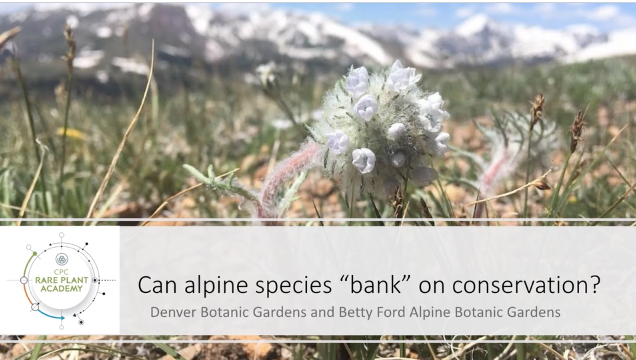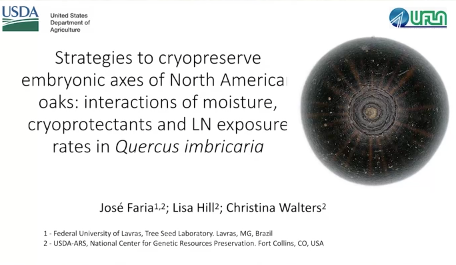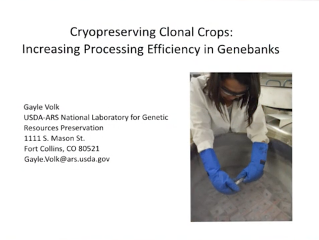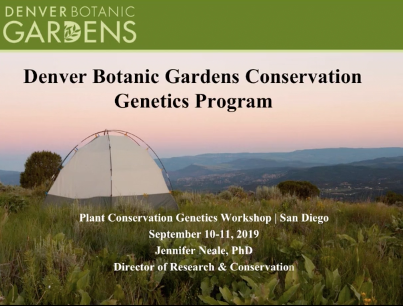
Alexandra Seglias (Denver Botanic Gardens), Nicola Ripley (Betty Ford Alpine Gardens), Brittany Roberts Marshall (Betty Ford Alpine Gardens) Alpine ecosystems are particularly vulnerable to climate change. The Denver Botanic Gardens are seeking to protect rare species from these regions, banking seeds from multiple Alpine populations by maternal line. However, collecting seed from these remote areas […]
Read More…

Dr. Christina Walters and Lisa Hill, National Laboratory for Genetic Resources Preservation, Fort Collins Because research has shown that seeds will last best when stored at a relative humidity(RH) of 15-25% it is important to understand how the initial RH will respond to temperature changes. In this video, Lisa Hill of the National Laboratory for Genetic Resources Preservation […]
Read More…

Jose Faria, Lisa Hill, Christina Walters, Tree Seed Laboratory, Federal University of Lavras, Brazil, USDA-ARS, National Center for Genetic Resources Preservation, United States Quercus imbricaria is included in the red oak group (Lobatae) and is broadly distributed in the Midwestern US. The embryonic axes are about 1 mg dry mass and have 0.68 g H2O/g […]
Read More…

Gayle Volk, USDA ARS National Laboratory for Genetic Resources Preservation, United States The USDA-ARS National Plant Germplasm System has over 30,000 clonally maintained accessions within its field, screenhouse, greenhouse, and tissue culture collections. These fruit, nut, tuber, and bulb crop collections are usually not duplicated at secondary locations and are vulnerable to biotic, abiotic, and climatic threats. Only about 15% of […]
Read More…

Dr. Jennifer Ramp Neale, Director of Research and Conservation, Denver Botanic Garden The primary objective of research at Denver Botanic Gardens is the conservation, preservation, and documentation of native Colorado flora by serving as an active center of biodiversity research for the Southern Rocky Mountain region. In order to fill a gap in botanical expertise […]
Read More…




